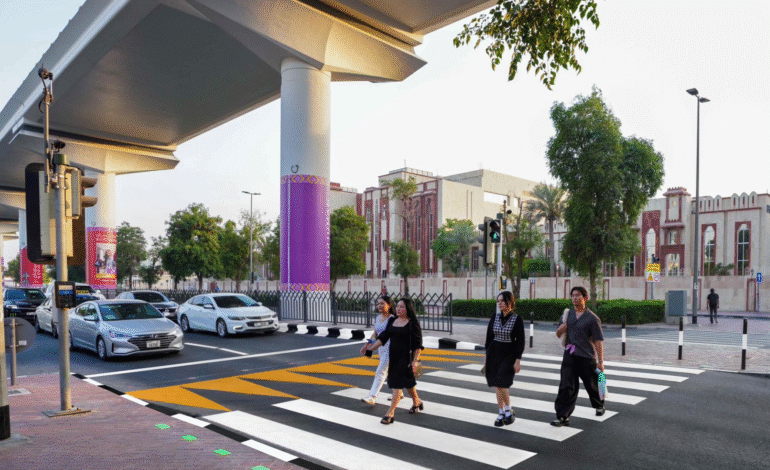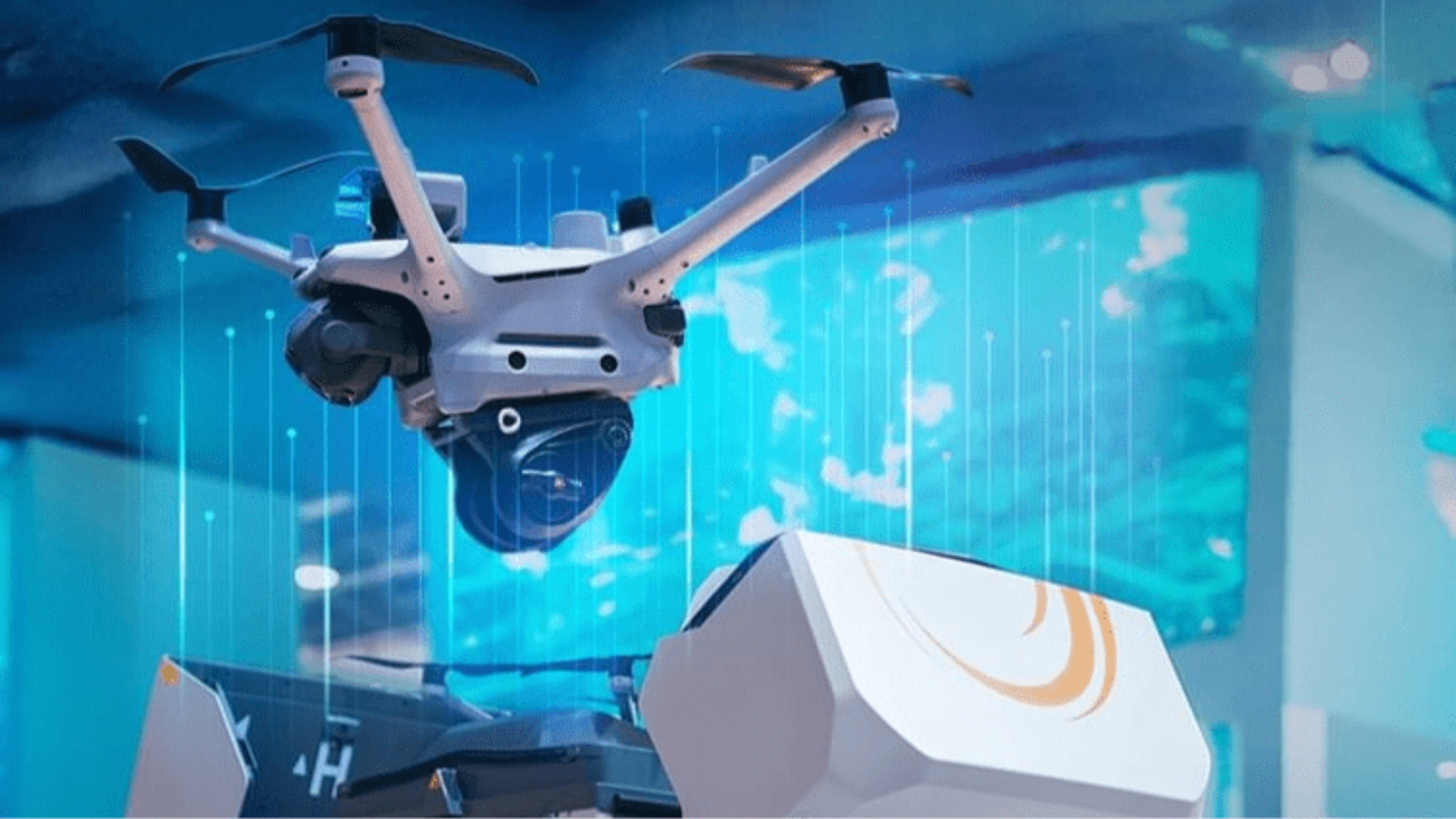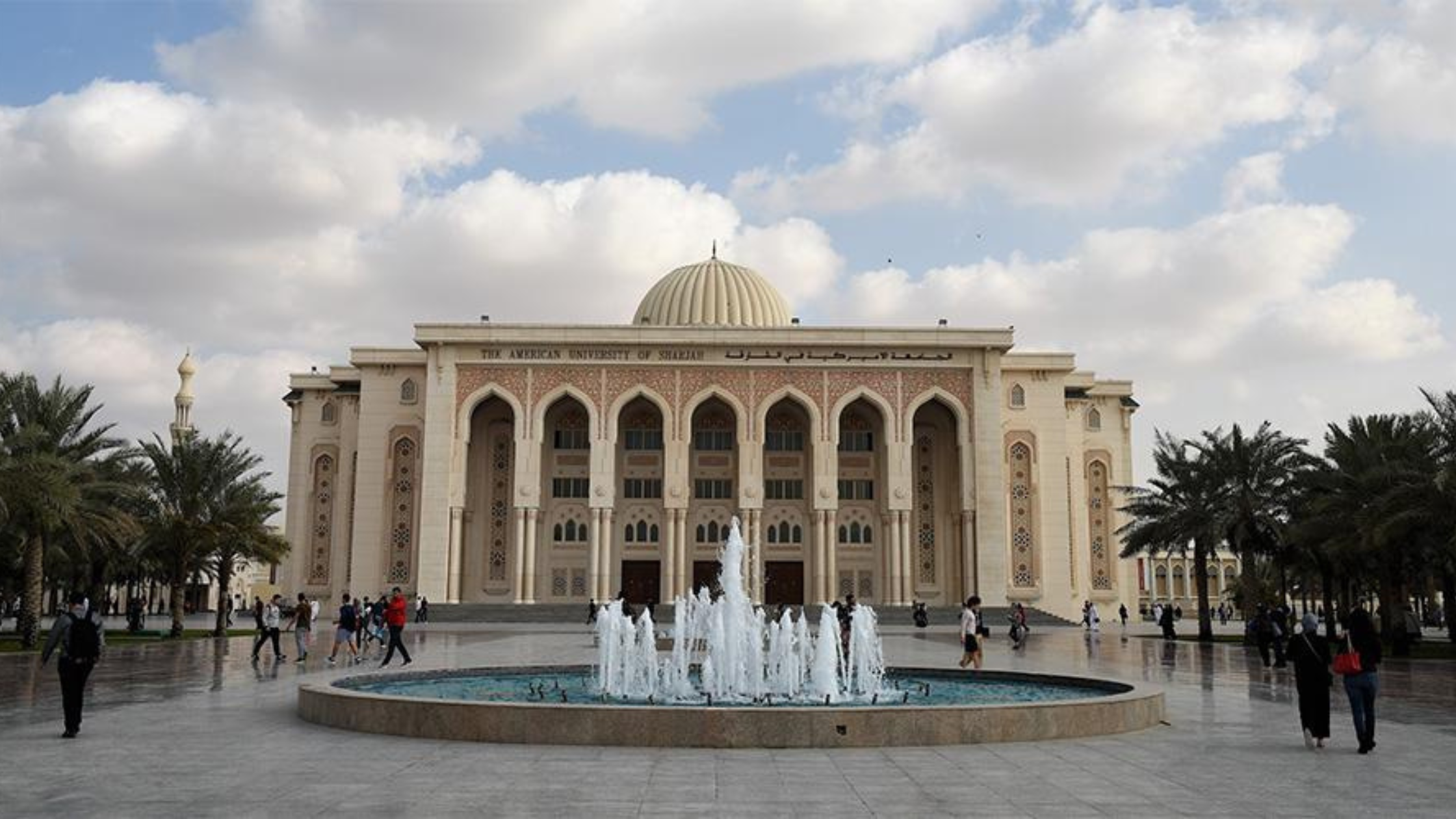Dubai RTA Expands Smart Pedestrian Signal System to More Locations

Smart Mobility in Motion as Dubai Upgrades Crosswalks
Dubai has taken a significant leap forward in its smart infrastructure journey. The Roads and Transport Authority (RTA) has officially completed Phase Two of its Smart Pedestrian Signal Expansion Project. This milestone introduces intelligent pedestrian signal systems at ten more locations across the city, increasing the total number of smart crossings to twenty-seven. These systems use cutting-edge sensor and data technologies to make crossing streets safer and more efficient, contributing directly to Dubai’s broader smart city ambitions.
With Phase Two complete, the initiative is being praised not only for its immediate safety benefits but also for its alignment with Dubai’s vision for an interconnected, adaptive urban mobility network. The expansion represents a calculated step toward protecting road users, improving traffic flow, and building a more livable and technologically advanced city.
A Smart Solution for Urban Safety and Efficiency
Dubai’s Smart Pedestrian Signal initiative is part of the RTA’s larger commitment to developing a responsive and intelligent transport infrastructure. Introduced in 2023, the project began with the installation of smart pedestrian signals at seventeen strategic intersections. These systems are designed to detect pedestrians in real time and adjust signal timings accordingly. The result is a crossing system that maximizes safety while also reducing unnecessary delays for both walkers and motorists.
The success of Phase One led to immediate planning for an expanded rollout. Phase Two brings this concept to ten more sites, demonstrating the city’s faith in technology as a means of solving real-world urban challenges. With these enhancements, Dubai further establishes itself as a leader in smart city transformation and transportation innovation.
Ten New Locations Chosen for Strategic Importance
The new smart pedestrian signals have been installed in high-density areas across the city, carefully selected based on accident data, pedestrian volume, and traffic flow requirements. Among the upgraded sites are intersections on Omar Bin Al Khattab Street, Sheikh Khalifa Bin Zayed Street, Al Satwa Street, Salah Al Din Street, Amman Street, Al Qusais Street near labour accommodations, and Oud Metha Street, particularly near school zones.
Each of these areas was selected following a comprehensive review of road characteristics, such as lane count, speed limits, and proximity to vital community infrastructure. The goal was to prioritize regions where the presence of smart signal technology could make the greatest difference in pedestrian protection and vehicle movement efficiency. The data-centric approach reflects RTA’s commitment to evidence-based infrastructure planning.
How the Smart Signal System Works in Real Time
The heart of the system lies in its real-time responsiveness. Using a blend of thermal imaging sensors and optical detection, each smart pedestrian signal can identify when people are waiting to cross or already walking across the street. These sensors transmit data to the system’s control unit, which then adjusts signal timings to ensure safe passage.
A pedestrian pushing the button at a crossing is no longer subjected to a fixed wait time. Instead, the system calculates how many people are present and how long they are likely to take to cross. If a pedestrian is detected late in the cycle, the signal holds traffic longer. This dynamic adaptation helps prevent common safety hazards, such as people being caught in the middle of the road as traffic resumes.
These signals are also equipped with enhanced nighttime functionality, ensuring pedestrian detection remains effective even in low-light conditions. For seniors, people of determination, and parents with children, this translates to increased confidence when navigating busy intersections.
Data-Driven Results That Reflect Tangible Progress
Since the initial rollout of the smart pedestrian systems, RTA has reported zero pedestrian-related accidents at the upgraded crossings. This statistic is a testament to the project’s success and its ability to safeguard Dubai’s most vulnerable road users. The adaptable nature of the system has proven especially valuable in high-traffic areas, school zones, and streets adjacent to labour housing, where pedestrian movements are frequent and diverse.
Moreover, vehicle drivers have seen benefits too. The intelligent detection system avoids unnecessary signal changes when no pedestrians are present, thereby improving fuel efficiency and reducing travel delays. As a result, traffic congestion in these areas has shown a measurable decrease, enhancing the overall urban mobility experience.
Support for People of Determination and Community Impact
The implementation of smart pedestrian signals in Dubai is not merely a technological upgrade; it’s also a social initiative. One of the central goals of this expansion is to improve accessibility and comfort for people of determination, the elderly, and individuals with slower mobility.
In community feedback forums and on social media, residents have consistently praised the RTA for taking proactive steps to ensure inclusive mobility. Many have described feeling safer and more respected as pedestrians in areas equipped with the new system. School administrators near upgraded crossings have also expressed gratitude for the increased safety provided to young students walking to and from classes.
Contributing to Dubai’s Smart City Strategy
The Smart Pedestrian Signal Expansion Project is an integral component of Dubai’s overarching smart city strategy. As outlined in the Dubai 2040 Urban Master Plan and various RTA smart mobility frameworks, the goal is to transform urban infrastructure into a seamlessly integrated system that responds to real-time conditions and user needs.
This initiative directly supports those objectives by reducing friction points in daily movement, improving safety through automation, and leveraging Internet of Things (IoT) connectivity. It also sets the groundwork for future integration with Dubai’s upcoming autonomous vehicle systems and public transportation technologies. Each smart signal contributes data that can eventually feed into broader analytics platforms, supporting smarter, faster planning and development decisions.
Anticipated Developments and the Road Ahead
Although no specific dates have been announced for a third phase, the completion of Phase Two signals that more upgrades are likely on the horizon. RTA has confirmed that the outcomes of each phase are continuously assessed through performance metrics and public feedback, both of which guide future installations.
Potential enhancements could include deeper integration with Dubai’s public transportation network, allowing smart signals to align with bus and tram schedules. There is also the possibility of synchronization with emergency vehicle systems, enabling signals to adapt in real time to urgent transit needs. These advances would represent the next evolution in Dubai’s intelligent traffic ecosystem, moving the city closer to a fully responsive and adaptive infrastructure environment.
Setting a Regional Benchmark in Transport Innovation
Dubai’s leadership in transport technology continues to draw attention from other cities across the region. The successful rollout of the Smart Pedestrian Signal Project may serve as a blueprint for similar initiatives in Abu Dhabi, Riyadh, Doha, and other urban centers looking to reduce traffic incidents and enhance pedestrian infrastructure.
By showcasing how digital solutions can be implemented at scale while producing immediate and measurable results, Dubai is reinforcing its role as a model for future-ready urban planning. The Smart Pedestrian Signal Expansion Project stands not just as a local achievement but as a regional benchmark for data-driven innovation in mobility.
Community Endorsement and Widespread Adoption
Local communities have embraced the new technology with enthusiasm. Many residents have noticed smoother journeys, greater confidence at crosswalks, and improved road discipline from both drivers and pedestrians. Public education efforts by the RTA have ensured that the public understands how the new systems work and why they’re essential for safety and efficiency.
This engagement has translated into positive user adoption, with more people making use of designated crossings and respecting signal cues. As public trust in the system grows, so too does Dubai’s capacity to lead by example in its quest for a safer, smarter urban environment.








1 Comment
[…] provide unforgettable experiences for children. Here’s our curated list of must-visit museums in Dubai, Abu Dhabi, Sharjah, and beyond, complete with locations and highlights to plan your summer […]
Comments are closed.